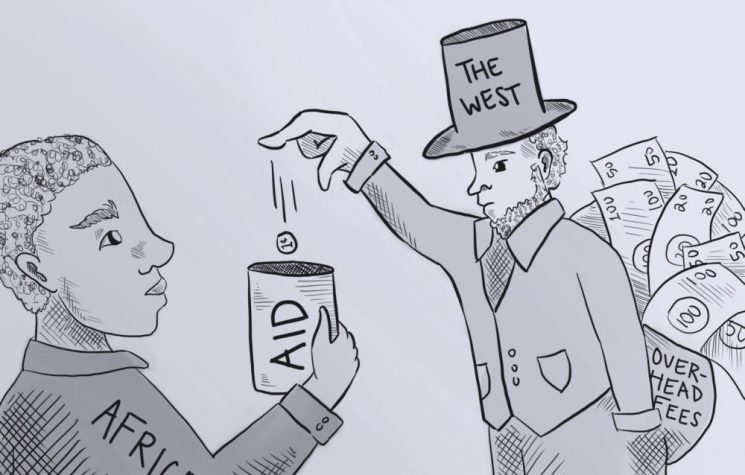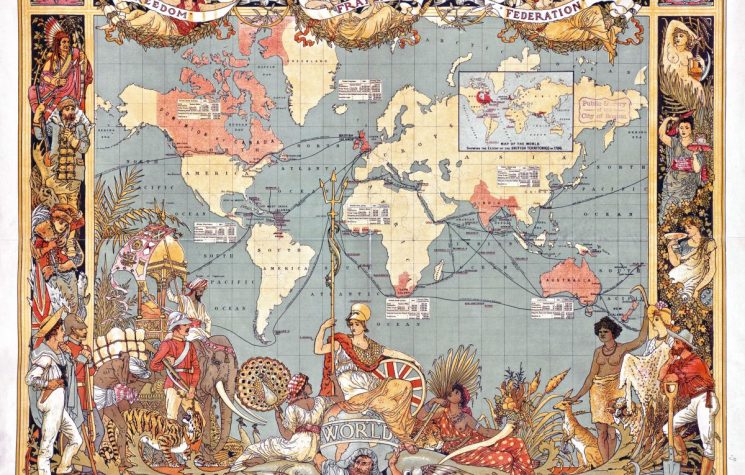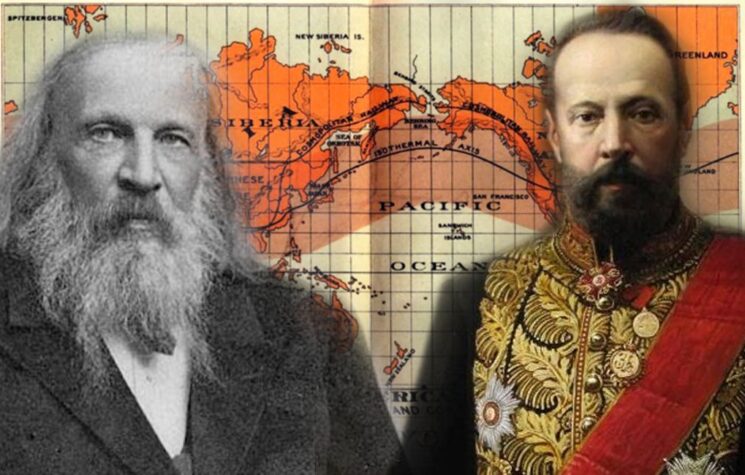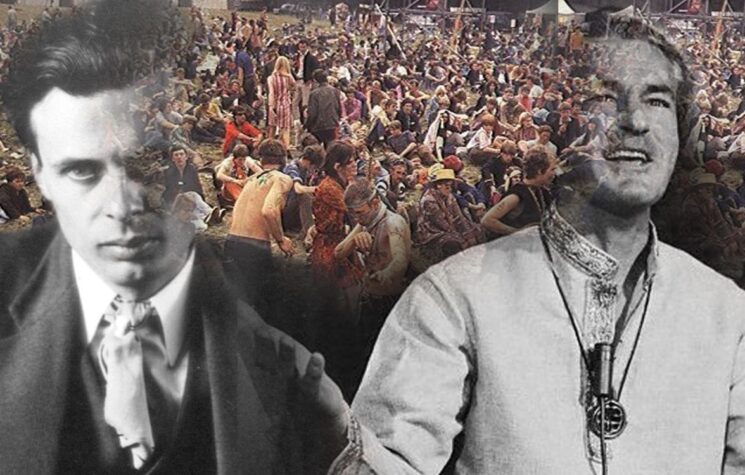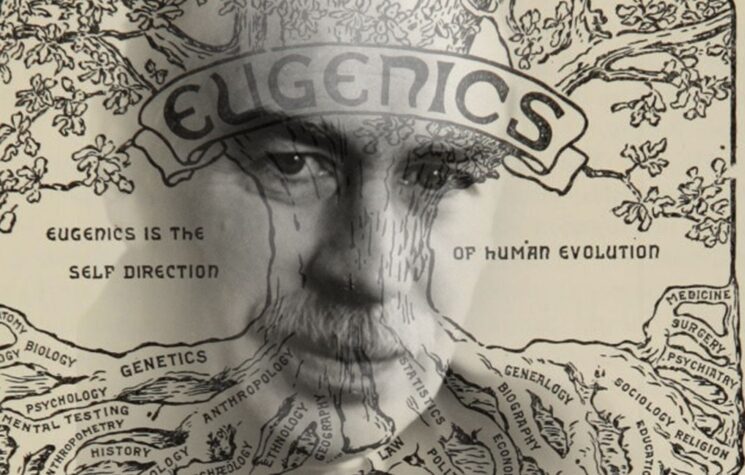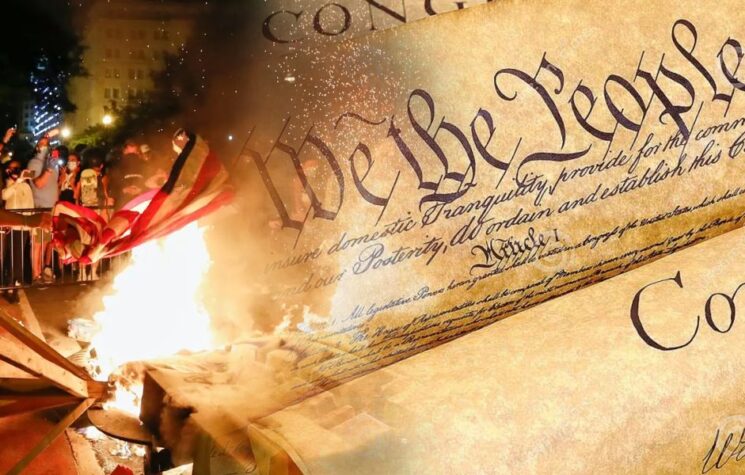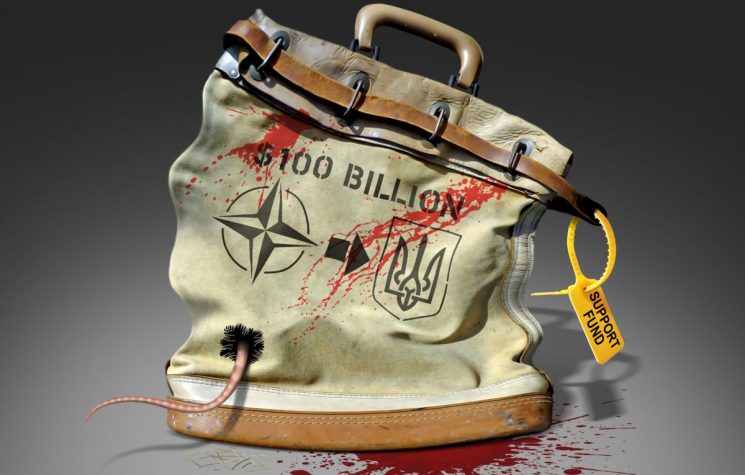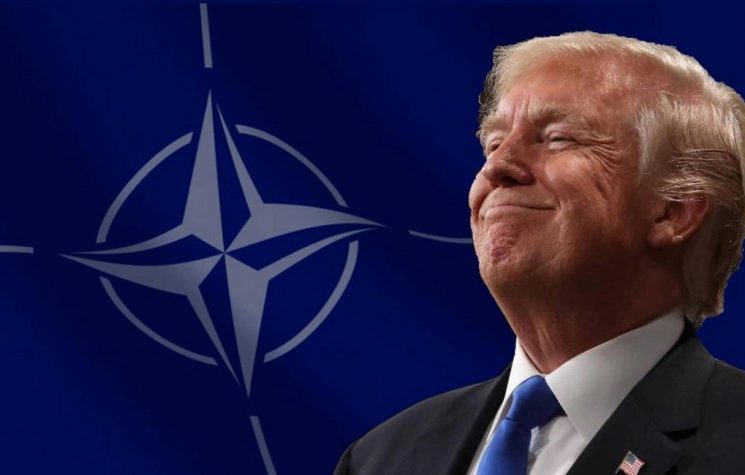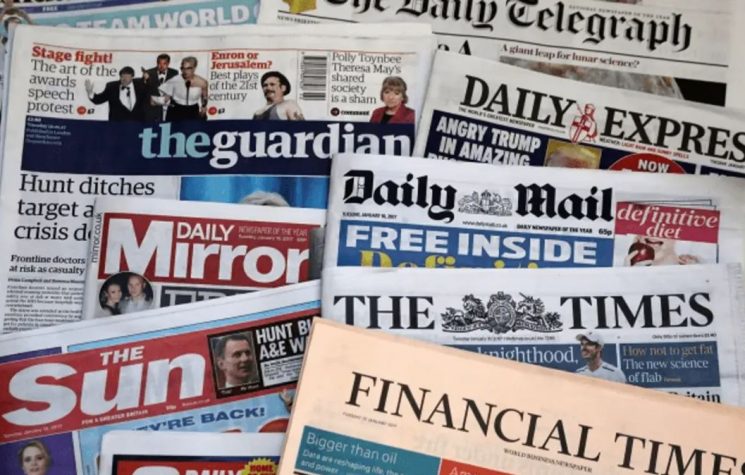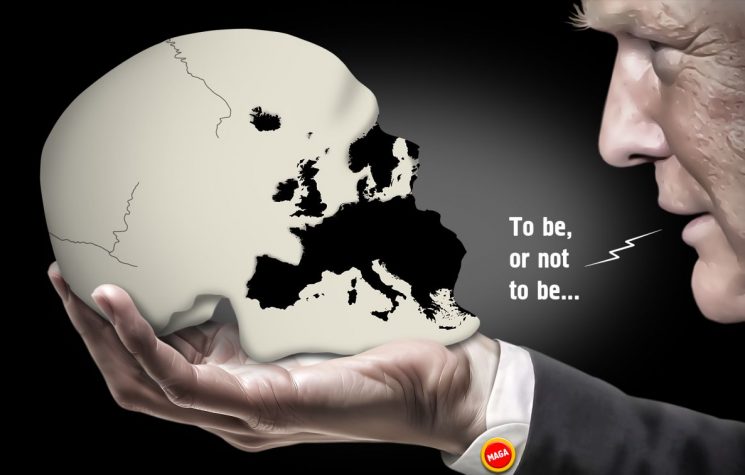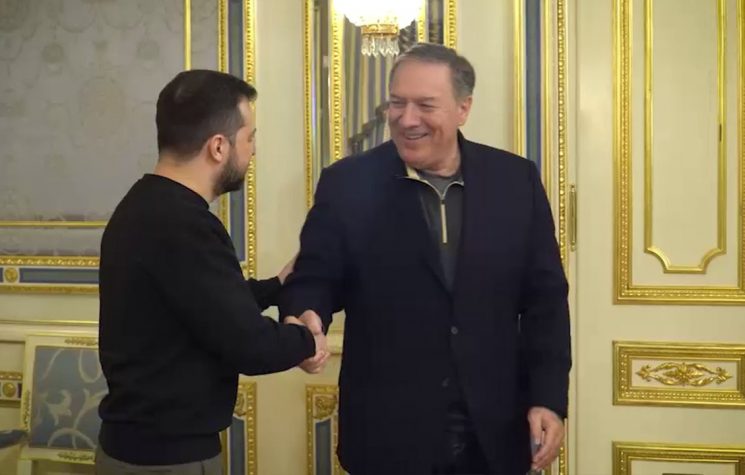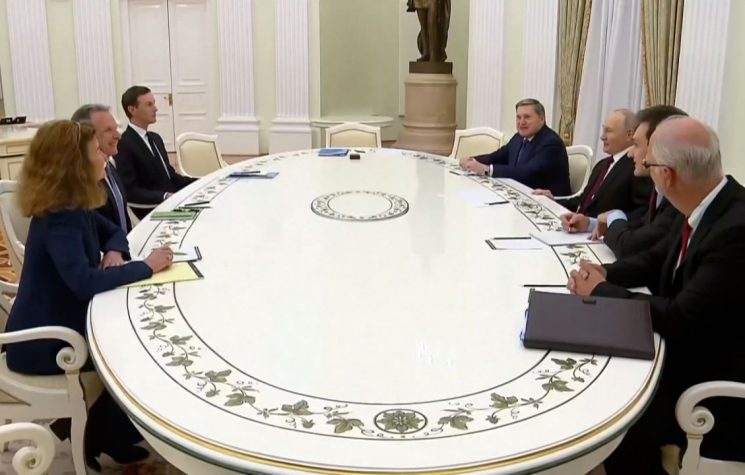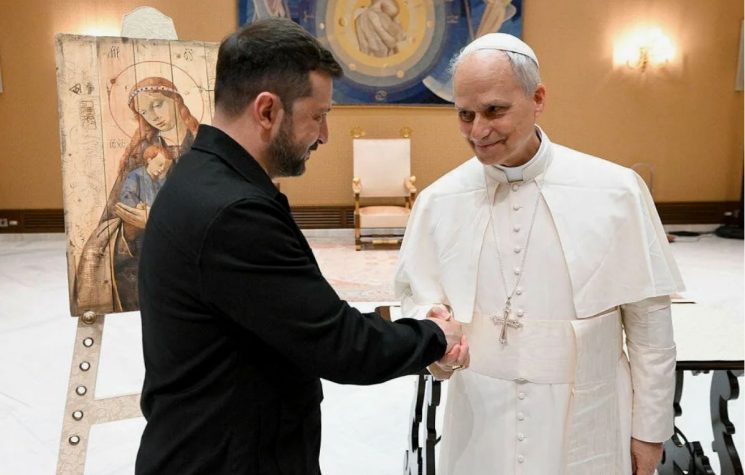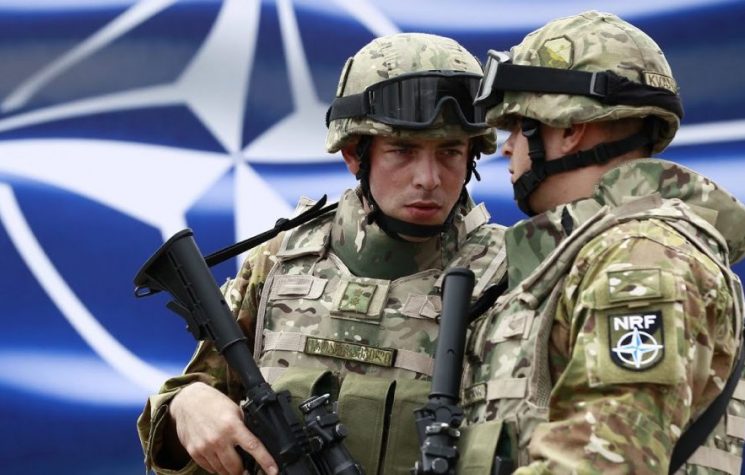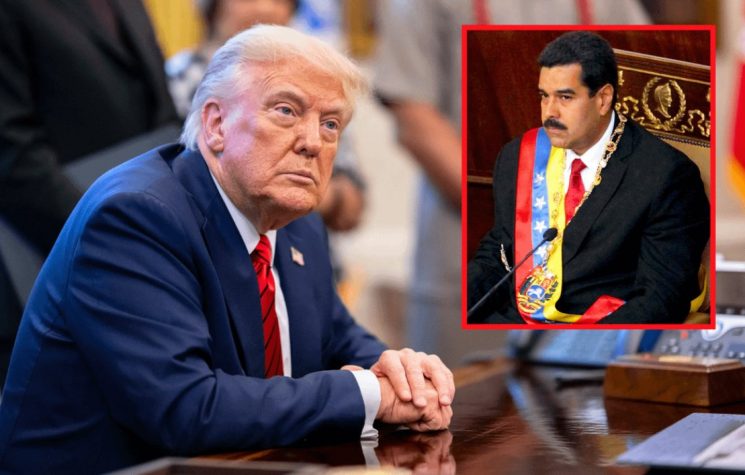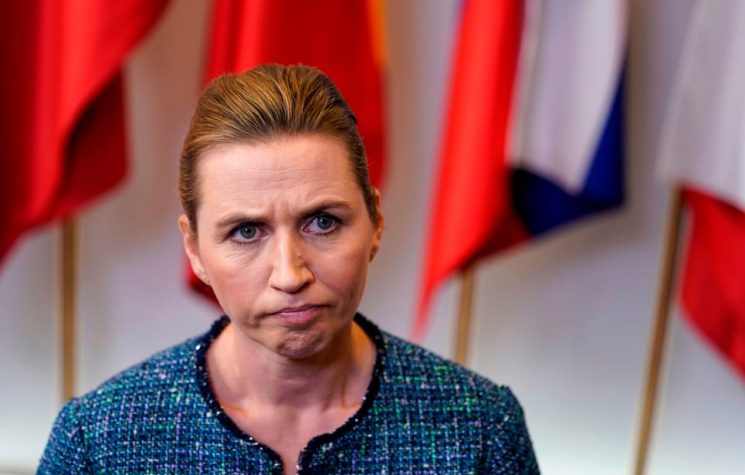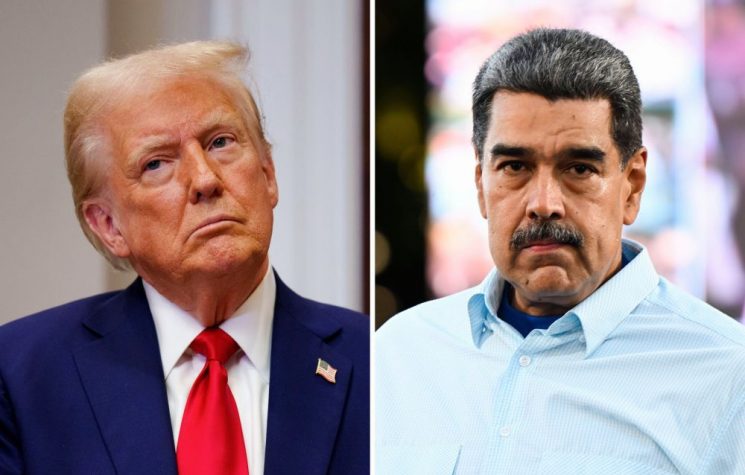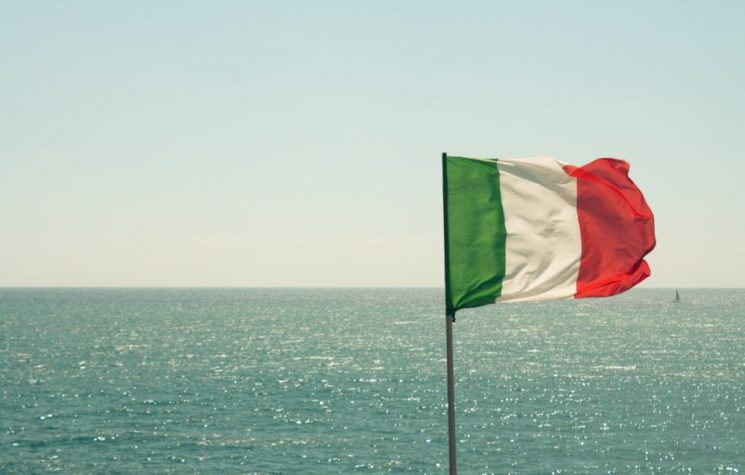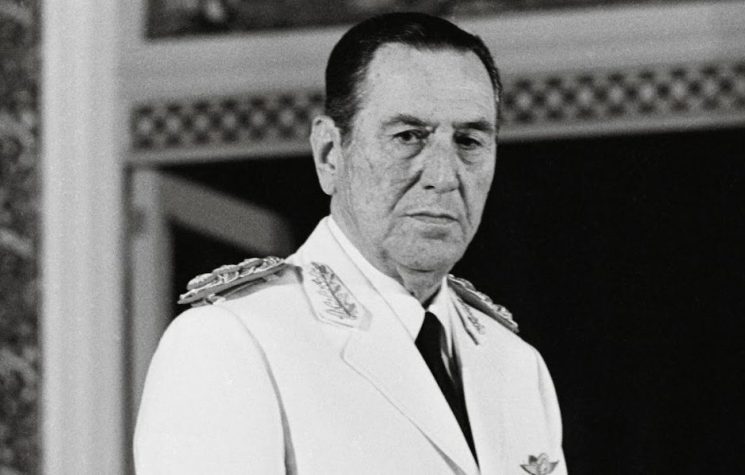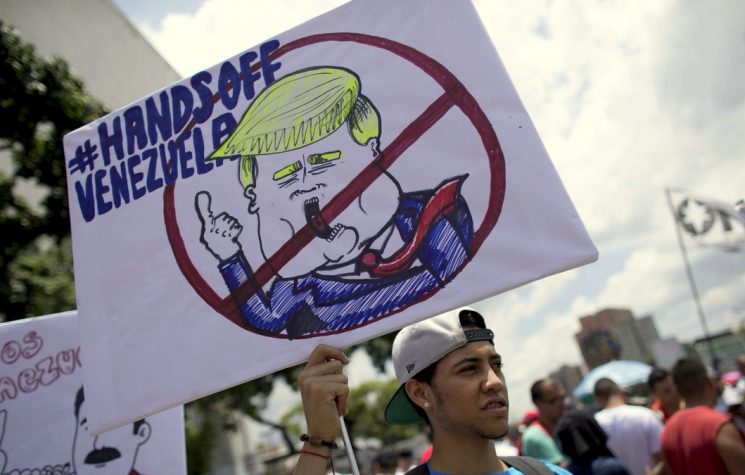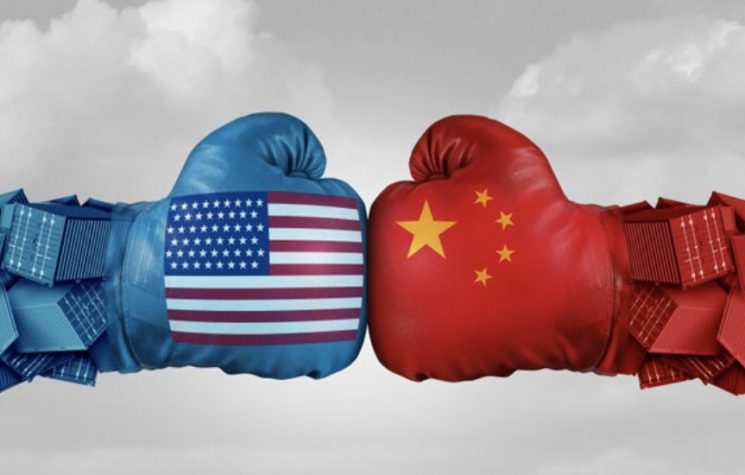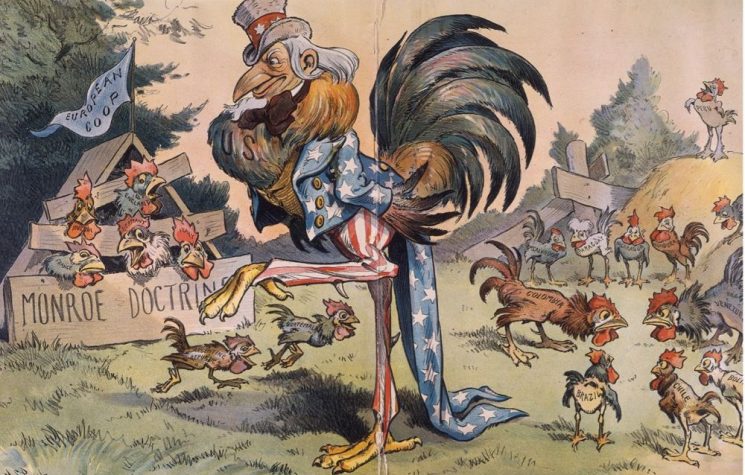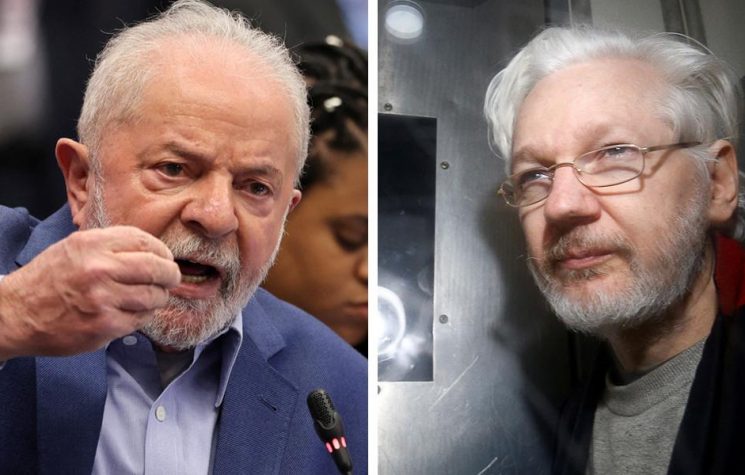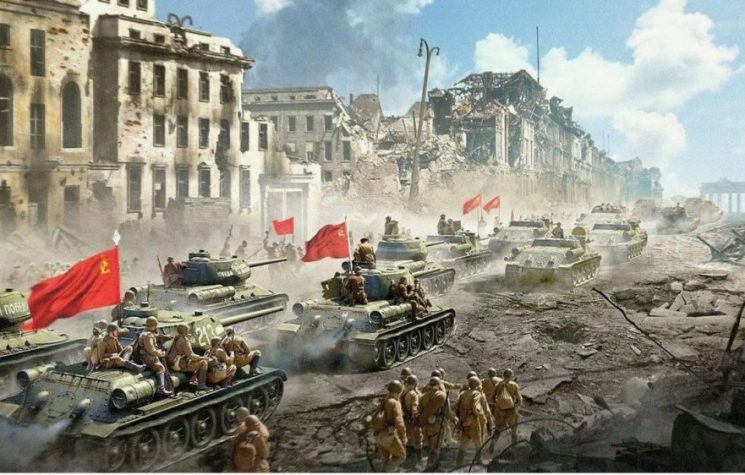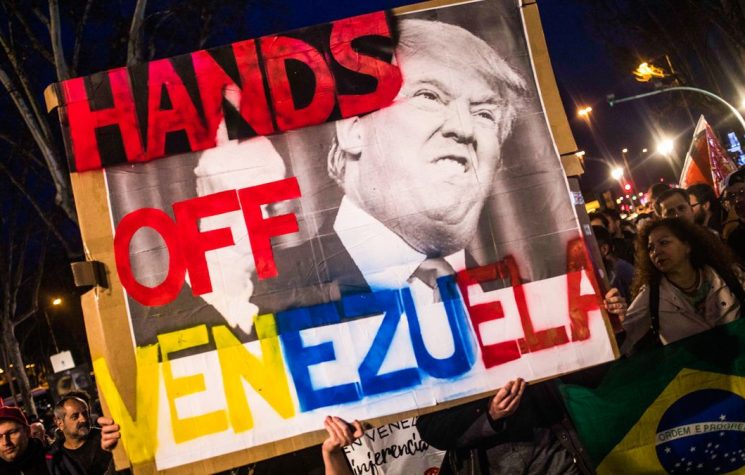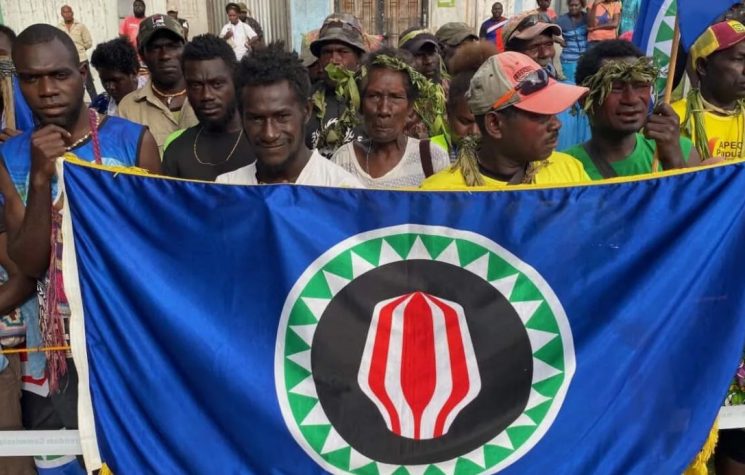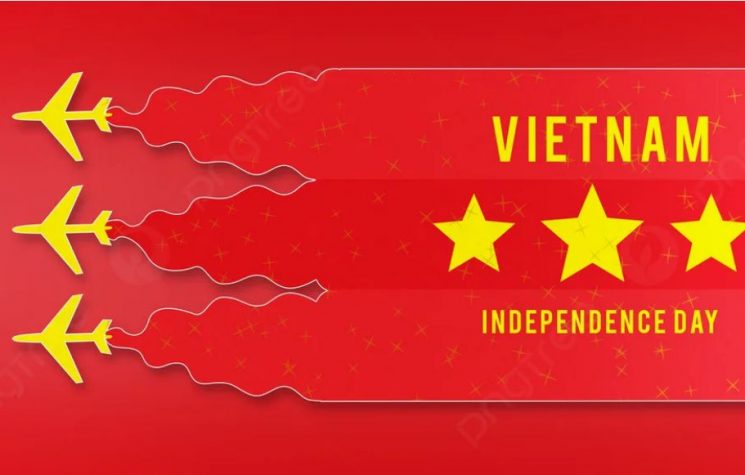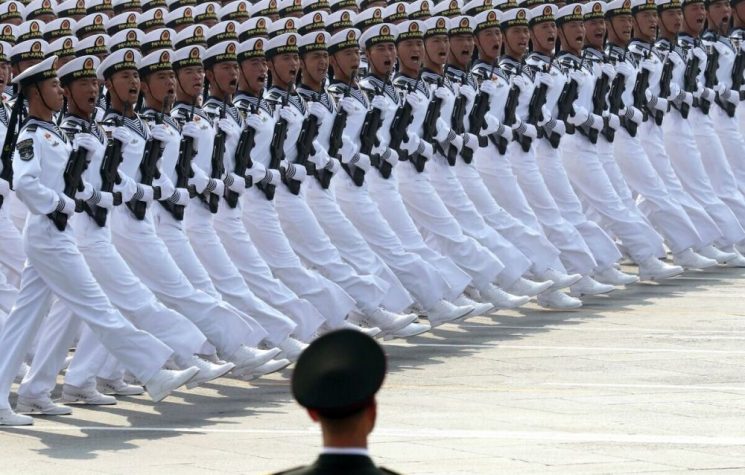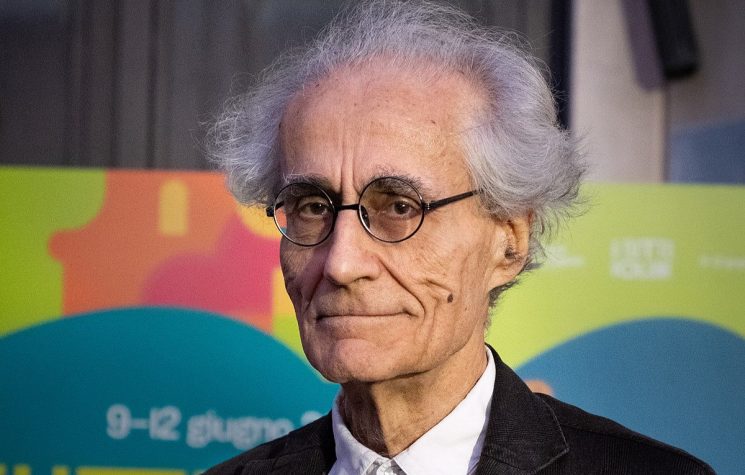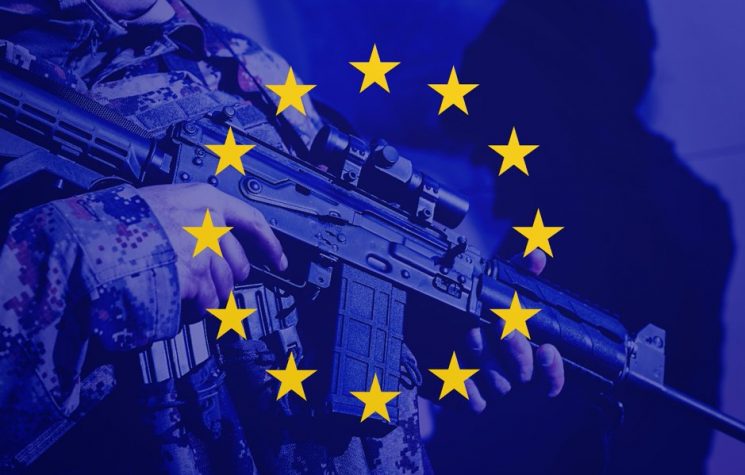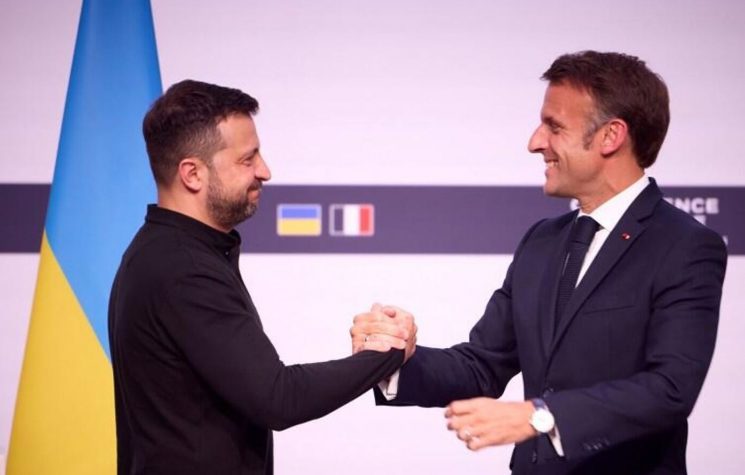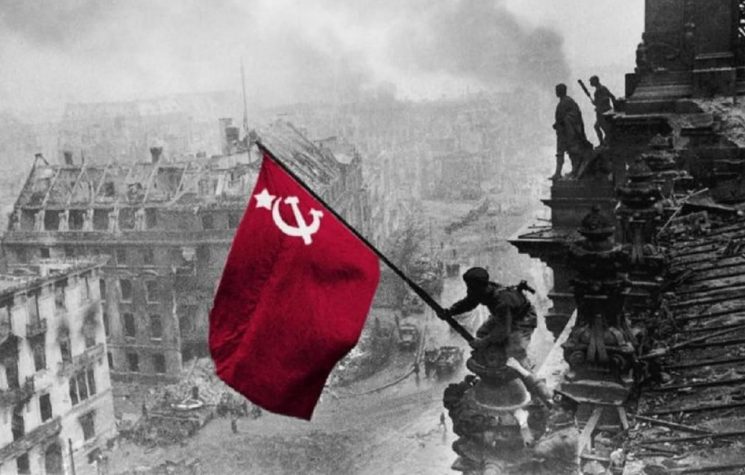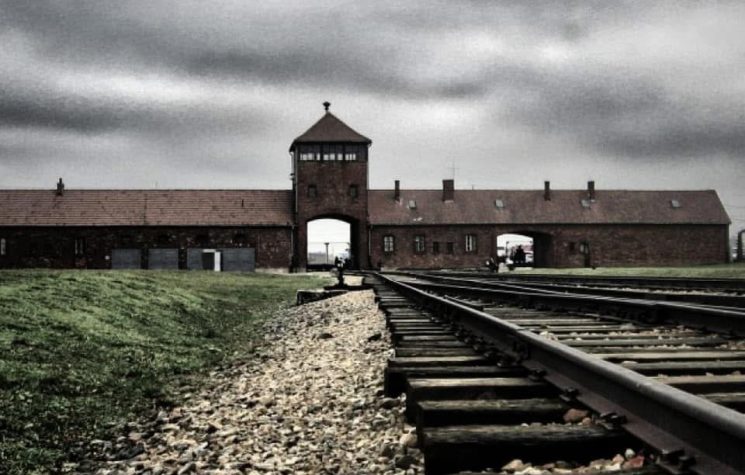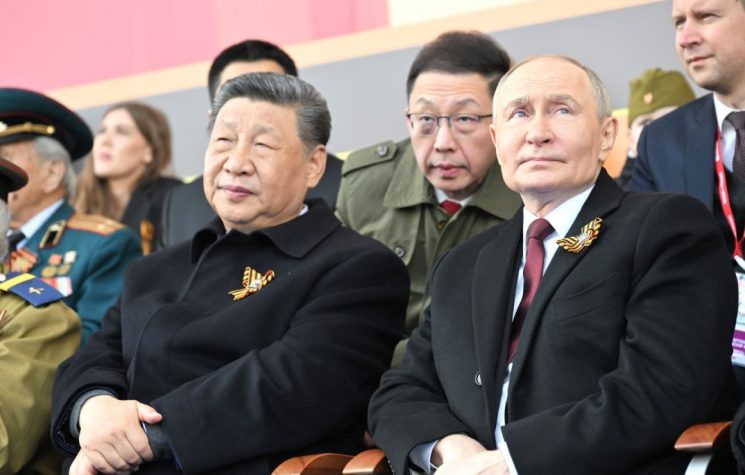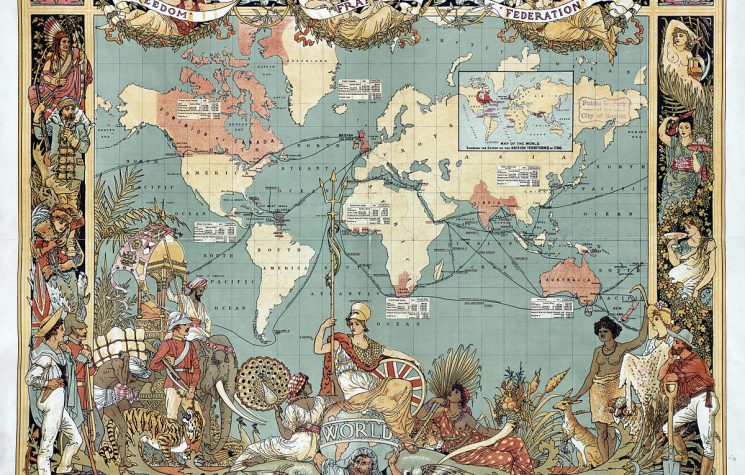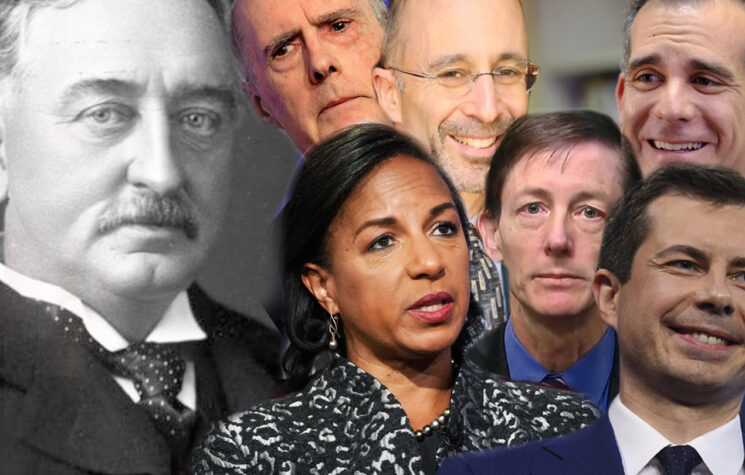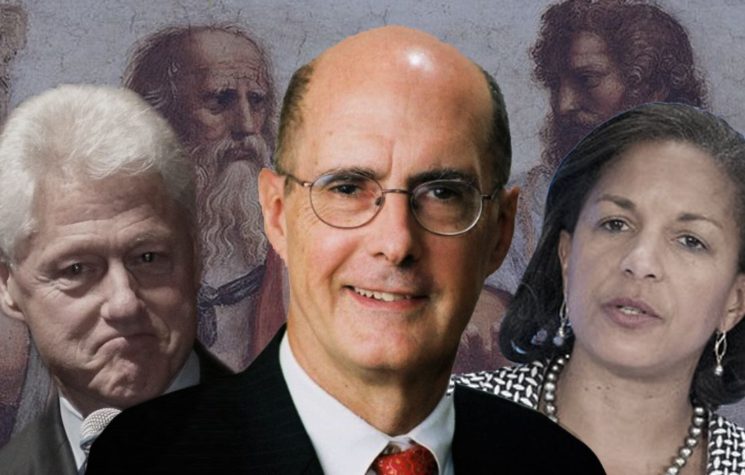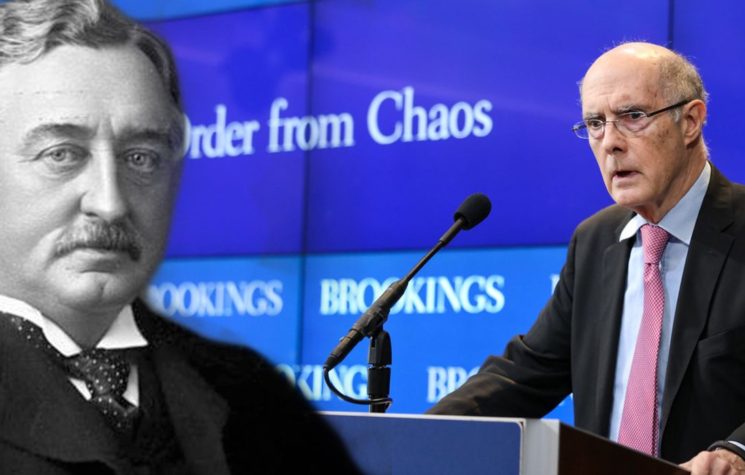NATO secretary General Jens Stoltenberg’s recent announcement of a NATO 2030 anti-nation state vision to extend the spheres of NATO’s jurisdiction into the Pacific to contain China demonstrates a disturbing ideology which can lead nowhere but World War III if not nipped in the bud soon.
In my previous article NATO 2030: Making a Bad Idea Worse, I promised to shed light on the paradoxical situation of NATO’s unabashed unipolar agenda on one hand and the many examples of President Trump’s resistance to NATO witnessed by his removal of 9500 American personnel from Germany announced on June 11, his cutting of American participation in NATO military exercises, and his recent attacks on the military industrial complex.
The paradox: If NATO is truly a wholly owned tool of the American Empire, then why would the American Empire be at odds with itself?
Of course, this only remains a paradox to the degree that one is committed to the belief in such a thing as “The American Empire”.
Please do not get me wrong here.
I am in no way saying that America has not acted like an empire in recent decades, nor am I romantically trying to whitewash America’s historic tendencies to support colonization and defend systemic racism.
What I am saying is that there are demonstrably now, just as there have been since 1776, TWO opposing dynamics operating within America, where only one is in alignment of the ideals of the Constitution and Declaration of independence while the other is entirely in alignment with the ideals of the British Empire and hereditary institutions from which it supposedly broke away.
One America has been defended by great leaders who are too often identified by their untimely deaths while in office, who consistently advanced anti-colonial visions for a world of sovereign nations, win-win cooperation, and the extension of constitutional rights to all classes and races both within America and abroad. The other America has sought only to enmesh itself with the British Empire’s global regime of finance, exploitation, population control and never-ending wars.
Lord Lothian and the White Man’s Burden
These two Americas frustrated Round Table controller Sir Philip Kerr (later “Lord Lothian”) in 1918 who wrote to his fellow Round Tabler Lionel Curtis explaining the “American problem” with the following words:
”There is a fundamentally different concept in regard to this question between Great Britain … and the United States …. as to the necessity of civilized control over politically backward peoples…. The inhabitants of Africa and parts of Asia have proved unable to govern themselves … because they were quite unable to withstand the demoralizing influences [i.e. their desire for modernization and independence–ed.] to which they were subjected in some civilized countries, so that the intervention of an European power is necessary in order to protect them from those influences. The American view… is quite different… The extent of this work after the war, sometimes known as the white man’s burden, will be so vast that it will never be accomplished at all unless it is shared… Yet America not only has no conception of this aspect of the problem but has been led to believe that the assumption of this kind of responsibility is iniquitous imperialism. They take an attitude towards the problem of world government exactly analogous to the one they [earlier] took toward the problem of the world war…. “If they are slow in learning we shall be condemned to a period … of strained relations between the various parts of the English-speaking world. [We must] get into the heads of Canadians and Americans that a share in the burden of world government is just as great and glorious a responsibility as participation in the war” (1)
At the time of Kerr’s writing, the British Roundtable, led by Lord Milner had just orchestrated a British coup in 1916 ousting Labour’s Herbert Asquith in order to bring Milner’s Round Table group into dominance as a shaper of imperial foreign policy at a pivotal moment in history. This coup allowed this group to define the terms of the Post-war world at Versailles).
These imperialists were obsessed with ending the dangerous spread of anti-colonial feelings from India, Ireland, Africa and other nations who firmly believed their sacrifices in WWI merited their independence. Most dangerous of all was that their sentiments were very much shared by many leading members of the American government who rejected the evil philosophical roots of the “white man’s burden”.
Sir Philip Kerr (who later took on the name Lord Lothian before becoming ambassador to America during WWII) and his Round Table gang did everything they could to control the terms of Versailles in 1919 which involved the creation of the League of Nations as a new global political/military hegemon powerful enough to destroy sovereign nation states forever under a new British-run empire.
American resistance to this agenda was so strong that Lothian, Milner and the other leaders of the Round Table soon established a new organization called the Royal Institute for International Affairs (Chatham House) in 1919 with branches soon set up across what later became the Five Eyes Anglo-Saxon nations. This network would coordinate and adapt 19th century British Imperial policy using new 20th century techniques.
In America, the Round Table decided that the name “American Institute for International Affairs” was a bit too conspicuous and chose instead the name “Council on Foreign Relations” (CFR) in 1921. Canadian, and Australian Institutes for International Affairs were created in 1928 and 1929 accordingly known as the CIIA and AIIA, but for all their efforts, the pro-nation state dynamic within America could not be broken, and the League of Nations soon collapsed along with its ambitions for a global military and banking monopoly (the latter attempt having been officially destroyed by FDR who sabotaged the London Economic Conference of 1933).
The rise of NATO in the wake of WWII and the death of anti-colonialist Franklin Roosevelt can only be understood by keeping this historical dynamic in mind.
NATO’s Birth was August 1947… NOT April 1949
It is popularly believed that NATO was set up on April 4, 1949 as a tool of the American colonialism. The truth is a bit different.
As Cynthia Chung reported in her recent paper “The Enemy Within: A Story of the Purge of American Intelligence”, 1947 was a very bad year for America as a new intelligence agency was created with the birth of the CIA, now purged of all pro-FDR influences who had formerly dominated the OSS. National Security Council paper 75 (NSC-75) was drafted calling for America to defend the possessions of the British Empire under the new Cold War operating system, leading to a new era of Anglo-American assassinations, wars and regime change.
On March 4th, 1947, the Anglo-French Treaty of Dunkirk established a collective defense pact extending itself the next year to include Belgium, France, Luxemourg and the Netherlands under the guise of the Brussels Pact. Both collective defense pacts operated outside of the UN structure but lacked the military teeth needed to give them meaning- all nations of the time having been crippled by the devastation of WWII. Only America had the military might to make this new alliance meaningful as global military force capable of subduing all resistance and usher in world government.
Escott Reid’s NATO Vision of 1947
In a memorandum called “The United States and the Soviet Union” written in August 1947, a highly influential Oxford Rhodes Scholar and radical promoter of global governance named Escott Reid, then Deputy Undersecretary of External Affairs of Canada “recommended that the countries of the North Atlantic band together, under the leadership of the United States, to form ‘a new regional security organization’ to deter Soviet expansion.”
The motive for this memorandum was to escape the Soviet Union’s veto power in the U.N. Security Council, which prevented the British Great Game from moving forward. The goal was to establish an instrument powerful enough to bring about an Anglo-American Empire as desired by Cecil Rhodes and Winston Churchill and which the League of Nations failed to accomplish.
Escott Reid extrapolated upon his thesis for the creation of such an institution at an August 13, 1947 Canadian Institute of Public Affairs (2) Conference at Lake Couchiching when he stated:
“The states of the Western world are not…debarred by the Charter of the United Nations or by Soviet membership in the United Nations from creating new international political institutions to maintain peace. Nothing in the Charter precludes the existence of regional political arrangements or agencies provided that they are consistent with the Purposes and Principles of the United Nations, and these regional agencies are entitled to take measures of collective self-defence against armed attack until the Security Council has acted.”
This new anti-Soviet military organization would have the important feature of creating a binding military contract that would go into effect for all members should any individual member go to war. Reid described this intention as he wrote:
“In such an organization each member state could accept a binding obligation to pool the whole of its economic and military resources with those of the other members if any power should be found to have committed aggression against any one of the members.”
It was another year and a half before this structure gained the full support of External Affairs Minister Lester B. Pearson, and British Prime Minister Clement Atlee. The North Atlantic Treaty Organization (NATO) would be formed on April 4, 1949 with its headquarters on 13 Belgrave Square in London.

Escott Reid and Lester B. Pearson: Both Roundtable Oxford Men
Reid had made a name for himself serving as the first Permanent Secretary of the Canadian Institute for International Affairs (CIIA), also known as the Canadian Branch of Chatham House/Roundtable Movement of Canada under the direction of CIIA controller Vincent Massey. Massey was the protégé of racist imperialist Lord Alfred Milner and the controller of the Rhodes Scholar groups of Canada throughout a career that saw him act as Canadian Ambassador to Washington (1926-1930), Liberal Party President (1930-1935), Ambassador to Britain (1935-1945) and Head of State (aka: Governor General of Canada (1952-1959). Reid himself was the founder of the self-professed “Canadian Fabian Society” alongside four other Rhodes scholars known as the eugenics-promoting technocratic League of Social Reconstruction (LSR) in 1932, whose name changed to the Cooperative Commonwealth Federation (CCF) in 1933 and again later to the National Democratic Party (NDP) in 1961 (3).
Reid spent years working closely with fellow Oxford Massey Scholar Lester B. Pearson, who himself was Vincent Massey’s assistant in London before becoming a controller of the Liberal Party of Canada.

The Racist Agenda Behind the Rhodes Trust
It is vital to remind ourselves that these networks were driven by the design outlined by genocidal diamond magnate Cecil Rhodes, who wrote the purpose for the Scholarship that was to receive his name in his First Will (1877):
“Why should we not form a secret society with but one object – the furtherance of the British Empire and the bringing of the whole uncivilised world under British rule for the recovery of the United States for the making the Anglo-Saxon race but one Empire…”
Later in that will, Rhodes elaborated in greater detail upon the intention which was soon to become official British foreign policy.
“The extension of British rule throughout the world, the perfecting of a system of emigration from the United Kingdom and of colonization by British subjects of all lands wherein the means of livelihood are attainable by energy, labor and enterprise, and especially the occupation by British settlers of the entire continent of Africa, the Holy land, the valley of Euphrates, the islands of Cyprus and Candia, the whole of South America, the Islands of the Pacific not heretofore possessed by Great Britain, the whole of the Malay archipelago, the seaboard of China and Japan, the ultimate recovery of the United States of America as an integral part of the British empire. The consolidation of the whole empire, the inauguration of a system of colonial representation in the Imperial parliament which may tend to weld together the disjointed members of the empire”
The “recovery of the United States” should seriously resonate with anyone with doubts over the role of the British Empire’s ambition to undo the international effects of the American Revolution and should also cause honest citizens to reconsider what nationalist Presidents like John F. Kennedy and Charles de Gaulle were actually struggling against when they stood up to the power structures of NATO and the Deep State. This should be kept in mind as one thinks of the British-steered networks that ran the assassinations of Bobby Kennedy and Martin Luther King in 1968, as well as the attempted Russia-Gating of Donald Trump in our modern day.








